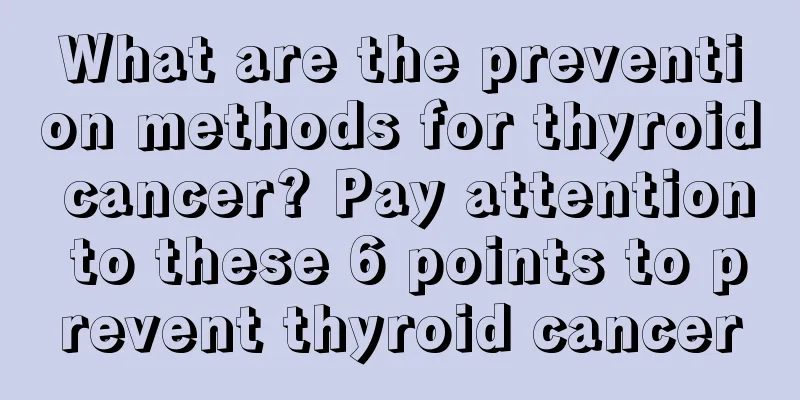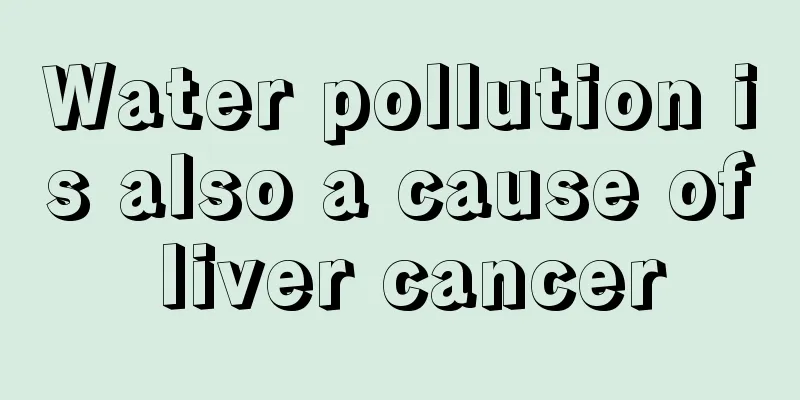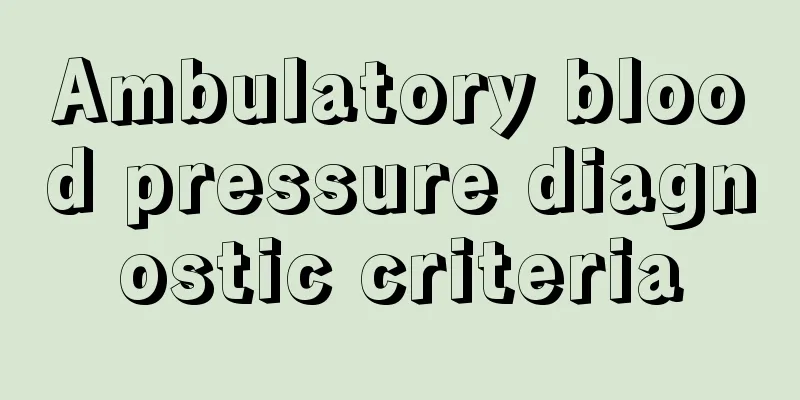What to do if you are in a coma due to a heart attack

|
Heart disease is a relatively serious disease. If there are certain problems with the heart, it will definitely have a certain impact on other functions of the human body. For example, many heart disease patients suffer brain damage and become unconscious when they have an attack. So, what should we do if a heart attack causes a patient to fall into a coma? The following is a detailed introduction to the relevant knowledge. Symptom Overview Coma is a type of complete loss of consciousness and is a critical clinical condition. The occurrence of coma indicates that the patient's cerebral cortical function is seriously impaired. The main symptoms are complete loss of consciousness, disappearance of voluntary movements, and slow or lost response to external stimuli, but the patient still has breathing and heartbeat. There is also a type of coma called wake-like coma, also known as "staring coma" or "decortical state". The patient's main symptoms are opening and closing eyes freely, and the eyeballs are in an aimless roaming state, which can easily be misunderstood as the patient's consciousness. However, the patient's thinking, judgment, speech, memory, and ability to respond to surrounding things are completely lost. He cannot understand any problems, execute any instructions, or actively respond to any stimuli. This situation is commonly known as "vegetative state". The appearance of wake-like coma indicates that the patient's brainstem function is still there but the cerebral cortex function is lost. In most cases, this function is difficult to recover, so the patient's prognosis is poor. 2. Clinical manifestations Clinically, there are roughly three types of complete loss of consciousness, namely coma, syncope and cardiac arrest. Syncope is a brief loss of consciousness, and the patient usually regains consciousness within a few minutes. Cardiac arrest is the most serious condition, a state called "clinical death". If the patient is not rescued within minutes, irreversible biological death will occur. Therefore, when loss of consciousness occurs, it is necessary to immediately identify whether the patient is in a coma, syncope or cardiac arrest. For the latter, cardiopulmonary resuscitation must be performed immediately on the spot to save the patient's life. 3. Treatment Methods 1. First aid for coma Once coma occurs, regardless of the cause, it indicates that the condition is critical and the patient must receive effective on-site first aid as soon as possible. (1) All patients need to go to the hospital for further diagnosis and treatment, so they should be sent to the hospital as soon as possible. Staying at home or in the community for observation and treatment will be detrimental to the patients. (2) Keep the patient's airway open, clear any foreign matter in the airway promptly, use an oropharyngeal tube for patients with greater respiratory resistance, or place the patient in a stable lateral position. This can prevent the pharyngeal tissue from falling and blocking the airway, and facilitate the drainage of secretions, preventing aspiration caused by the reflux of digestive tract contents. Therefore, the lateral position is the position that comatose patients must adopt before admission to the hospital. 2. Supportive therapy and symptomatic treatment Supply oxygen, establish intravenous access, maintain blood pressure and water and electricity balance, provide respiratory support to those with abnormal breathing (mask airbag artificial respiration, endotracheal intubation, respiratory stimulants, etc.), give diazepam-like drugs to those with convulsions, and give dehydration drugs to patients with high intracranial pressure. 3. Treatment of the cause Take targeted treatment measures based on the primary disease and cause of the coma, such as antibiotic treatment for infection, oxygen supply measures for hypoxic coma, and carbohydrate supplementation measures for hypoglycemia. |
<<: What to do if the breath smells bad
>>: What to do if you catch a cold in the dog days
Recommend
How to avoid food poisoning
There was a report abroad that a German man died ...
What is the reason for blood coming out of the anus when defecating
If there is blood in the stool, the biggest cause...
8 miraculous effects of swallowing saliva: anti-inflammatory, anti-aging, and anti-cancer
Digestive function: Saliva can "bundle"...
What is the difference between sea hare and squid
Nowadays, people love to eat seafood very much, m...
How many times a week does a normal person have sex?
For a couple, a normal sex life is very important...
How to get rid of stick insects at home
The stick insect is a common reptile also known a...
What are the main methods of forehead filling
In the eyes of many people, people with full fore...
It is dangerous to have such symptoms when playing with mobile phone
In the past few years, Internet addiction was onl...
What are the main functions of inflammatory mediators?
People usually hear about various inflammatory di...
What to do if your legs are swollen due to kidney disease
The kidneys are very important organs for the hum...
Be careful, this kind of wound can also cause disability
Case Mr. Wang was celebrating his birthday at hom...
Do you know the three major clinical manifestations of osteosarcoma?
Any disease has unique clinical manifestations, w...
What are the acupuncture points on the human abdomen?
People of a certain age all know the importance o...
Liver cancer early screening must be done, don’t wait until you feel uncomfortable to go for a check-up
When you find yourself having uncomfortable sympt...
Does dry fried rice really help lose weight?
A good image will give people extra points. Nowad...









